As teachers, we are accountable for how our students spend their school day. We want to ensure that they are engaged in learning experiences that will help them master the standards that we are required to teach, but we also want to make sure that we are equipping them to become life-long learners.
I feel like it’s pretty safe to say that if you are a reading teacher then your ultimate goal is to help your students develop a love of reading. And while there are MANY different ways you can go about doing this in your classroom, one common way we can help our students develop a love of reading is through independent reading time.
Now maybe your school calls it DEAR (drop everything and read) maybe independent reading is one of your literacy workstations or maybe you refer to it as silent reading. Whatever you call it, your students a probably doing some form of independent reading in your classroom.
Now here is the thing. Independent reading can be a tricky. There is definitely a right way about setting up your independent reading time and a wrong way.
And before you get too far into the school year and you and your students have a well established reading routine, you want to take some time to think about how will you assess your students and hold them accountable to their reading.
I know this is a big concern for students.
If we are going to give students a large chunk of time to read independently, we want to make sure it’s not wasted time.
We want to make sure that our students are using this time to work on reading skills that will help them grow as readers. Naturally, we are inclined to want to assess how they spend this chunk of time during the day. We assign things like reading response questions, book reports, or have them keep a reading log so we can try to keep track of how they are spending their time.
BUT, sometimes we can become too focused on the completion of a specific reading assignment and not the actual reading itself.
We can easily fall into the trap thinking that we must provide accountability for EVERYTHING.
While accountability is important, it isn’t the be all end all of teaching and especially of independent reading time. Before I share my four accountability ideas for independent reading time, here are some general tips for you to consider when thinking about accountability.
Tips for Accountability:
If you assign it, plan to check it.
How often do we assign something to our students but then never check it or follow up with it. I used to lug around a bag filled with my students reading response journals. I would take them home every weekend with the intent to look over them. But sure enough, Monday morning they would get their journals back and I had NO idea what they had written.
My advice – if you are going to have your students do some sort of reading response activity, it needs to be something that you can check. If you can’t provide feedback on a regular basis then it shouldn’t be something your students are completing.
Now before I move on to my next tip, notice how I didn’t say GRADE. Checking student work is very different than grading. You definitely don’t need to grade every single reading assignment, but we do want to make sure that the work our students are completing is being checked for accuracy and thoughtfulness.
If you’re crunched for time, think about checking student work at a weekly reading conference or before or after a small group. You don’t need to give instant feedback, but you should be able to check and give feedback to the reading work your students do complete.
Give students a choice.
Students will be much more excited about any accountability measure if you give them a choice in what it is. You can provide students with a choice board of reading response assignments. Let each student decide which response question or activity they want to complete that day or week.
There is no harm in letting one student write a book report and another student write a letter to the author of the text they just finished.
If you do want to assign a specific set of comprehension questions you can always let your students pick which ones they want to answer. Not every student needs to answer the same question at the same time. Remember the goal is for students to understand and enjoy their reading, which means we want to give them a say in as much of that process as possible.Don’t always give them a reading assignment.
Like I mentioned at the end of this post, It is ok to let students read just for the sake of reading. If every time students sit down for independent reading they know that there is going to be an assignment attached to it, they might lose some of their excitement for reading. Try not to give students an assignment every single time they sit down to read. Trust me. This is an ok thing to do.
Maybe you incorporate something like “Free Read Fridays” where students can read whatever they want on Friday and there is absolutely no assignment with it. Or maybe you only assign response assignments 2-3 days a week…. not always giving an assignment also makes it easier for you to follow up and check the assignments that you do assign. Quality over quantity.
Switch up your reading routine.
We get bored doing the same thing over and over and over again. If the only thing students are ever asked to do in response to their reading is summarize the text or answer the same 3-5 questions for every book they read, they are going to stop putting maximum effort into it.
Make it a point to introduce new accountability ideas to your students. There is no limit on how you could have your students respond to their text, just make sure that you keep independent reading about independent reading.
My Four Favorite Accountability Ideas for Independent Reading:
Ok, now on to the good stuff. If you are looking for some quick and easy ways to provide accountability during your independent reading time, here are some of my favorite ways to hold students accountable.
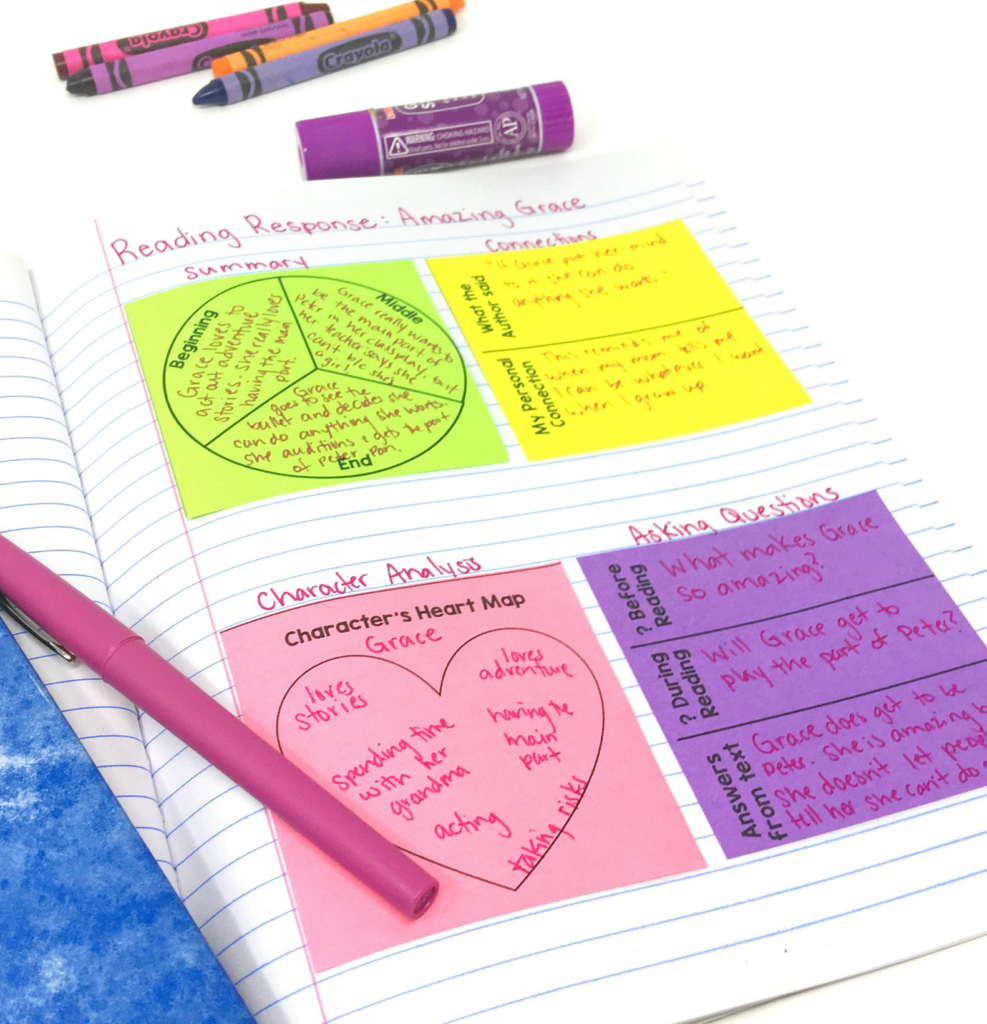
Stop and Jot Sticky Notes
Stop and Jot is one of my favorite strategies to teach students and it is a quick and easy way to provide some accountability during independent reading. The whole point of stop-and-jot is for students to jot down just a few short notes while they are reading. It is open-ended so students get to decide when they stop and what to write down, and it is a strategy that will actually help improve their comprehension.
You can set some guidelines such as, try to stop and jot 3-5 times while reading today. This would take just a few minutes of their time and it would give you some way to check in and assess what they are reading. It’s a meaningful accountability measure that won’t take away from their independent reading time.
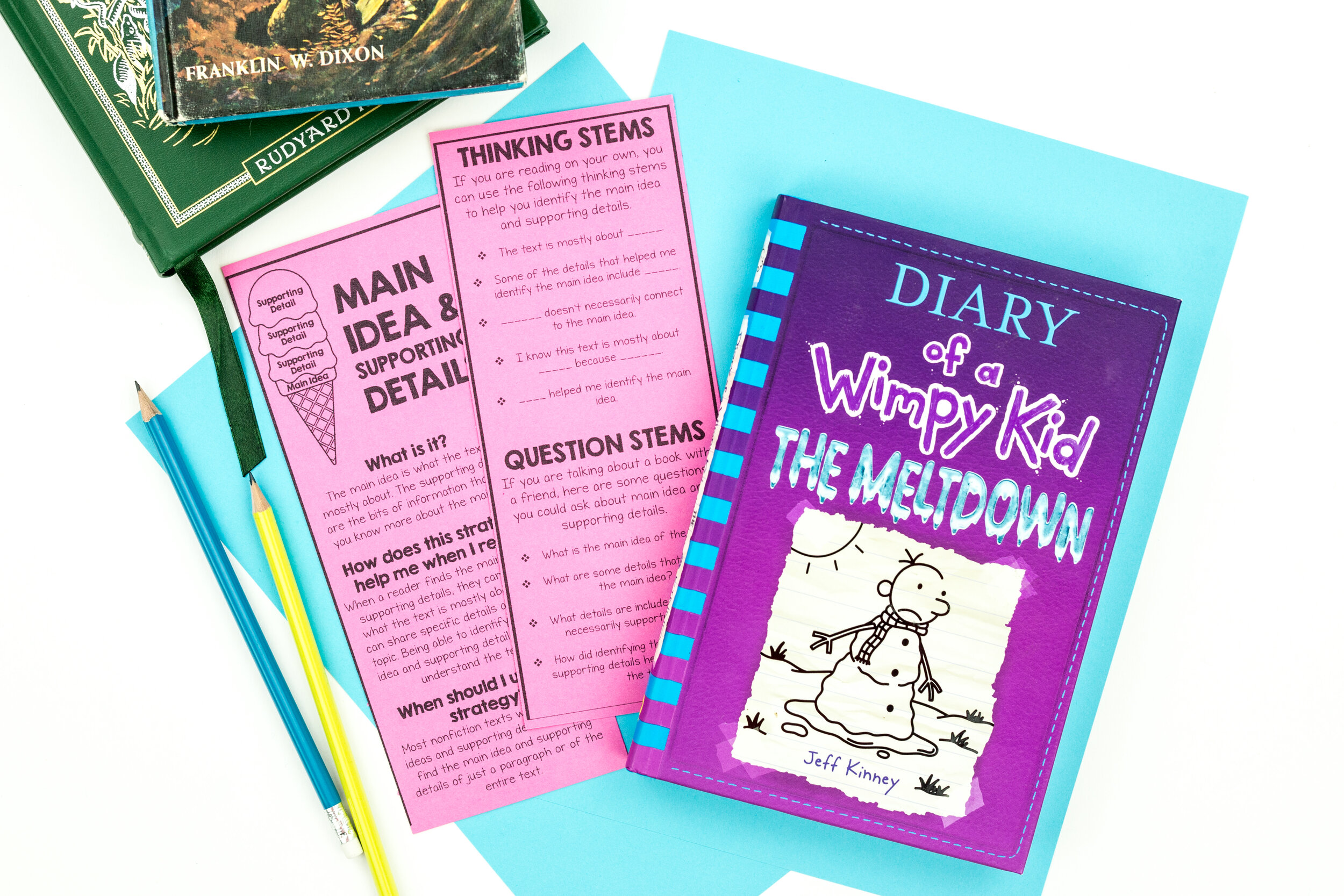
Talking About Books
One way I like to provide accountability for independent reading is to let students talk about the books they are reading with their classmates. At the very end of independent reading, you can have students take the book they were reading, find a partner, and spend a few minutes sharing about the book as well as what strategies they were using.
This can be a great way for students to practice skills like summarizing and retelling as well as a way to expose students to a variety of texts and genres. To help keep my students talking on track, I like to give them thinking or question stems, like these comprehension bookmarks, so they have a guide on how to make the most of their discussion.
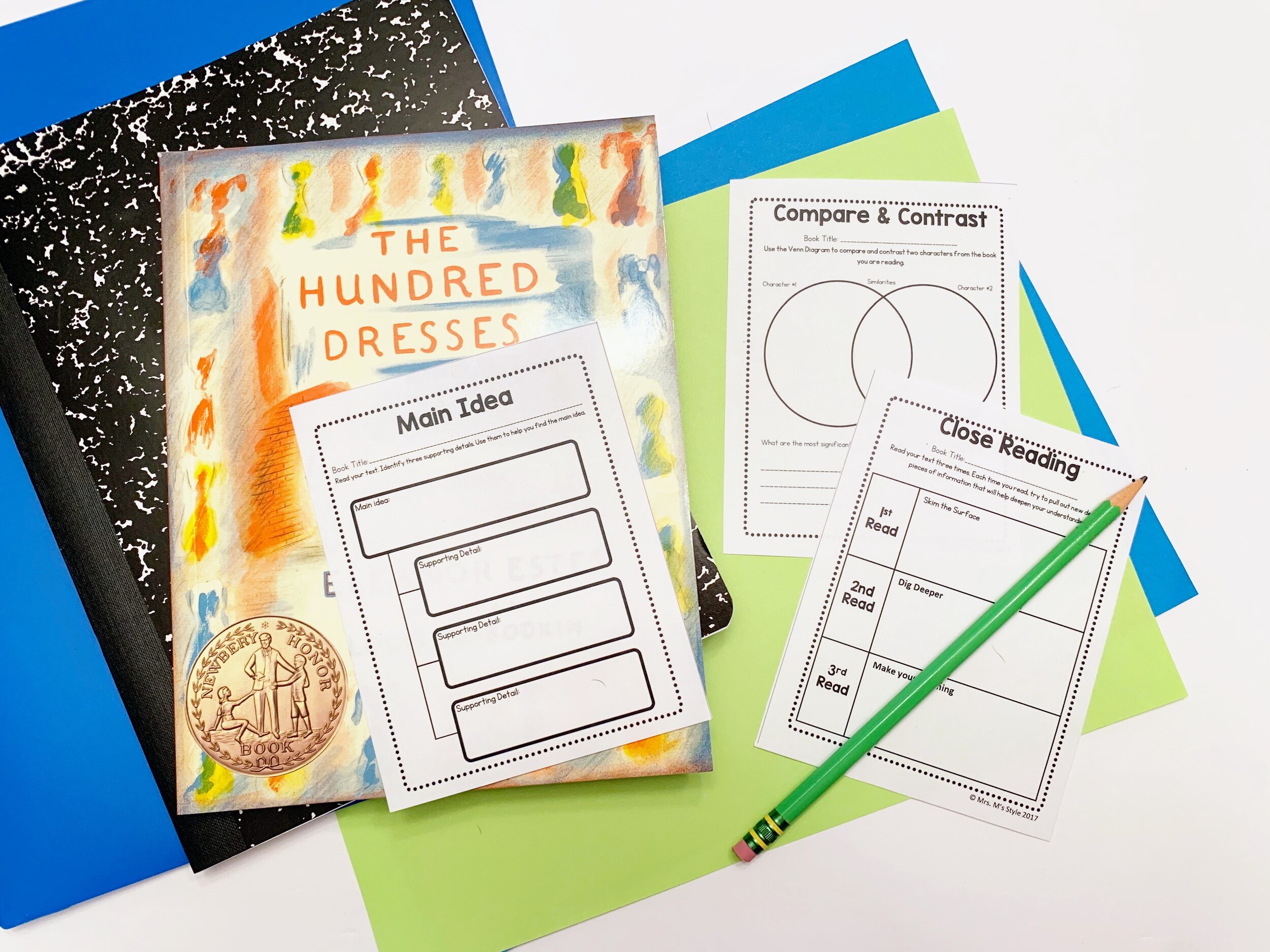
Mini Graphic Organizers
I love using graphic organizers. They provide a framework that can help students make their comprehension visible. Often times a graphic organizer helps students understand the process behind the comprehension skills you are teaching them. I also love that students don’t have to worry about writing in complete sentences when they are filling them out.
But sometimes, a full page graphic organizer can be overwhelming to students and can take a long time to complete… this is why I like to make them mini. I don’t know what it is, but kids love teeny-tiny mini things. Mini graphic organizers don’t take as long to fill out, they aren’t as overwhelming for students, yet they still provide some great accountability. You can take any graphic organizer you have and just shrink it on the copy maker before you make copies for your class, or you can grab this set of mini-graphic organizers in my TPT store.
Daily Goal Setting
Like I mentioned in my tips for accountability section, you don’t always have to provide a reading assignment for independent reading. You can still hold your students accountable even if there is no assignment involved. One way you can do this is to have your students set daily goals for their independent reading time.
It could be as simple as having them write down on a post-it note what reading strategy they want to work on, or what genre they plan on reading, or how many chapters they want to get done. I like the idea of giving students a “Today I’m Reading…” bookmark.
Each day before the sit down to read they can clip or check the genre of book they are reading, or what reading strategy they are working on. This small act is helping them set their intention for their reading time and it’s a visual you can easily see as you walk around and monitor your students.
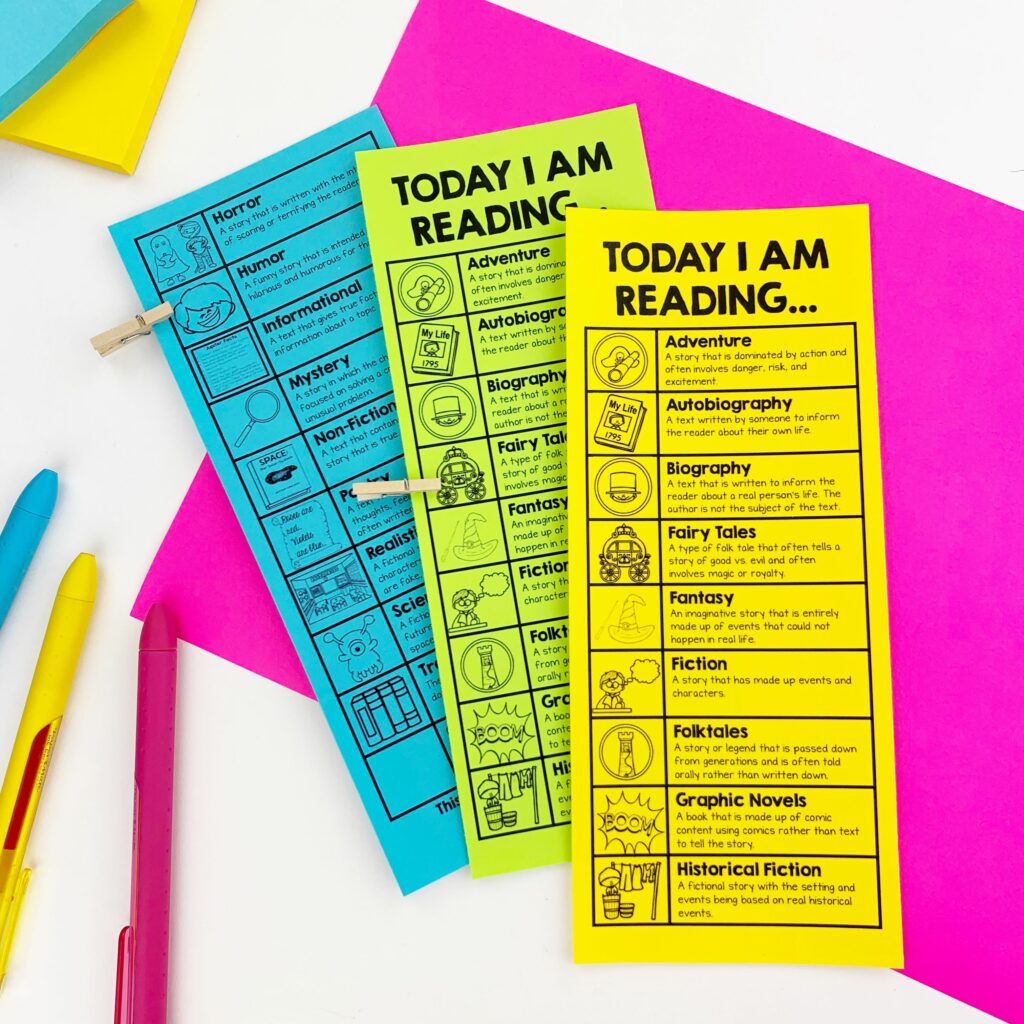
I hope these accountability ideas make you a little more excited for your independent reading time. Each one of these ideas is meant to give your students more time reading self-selected texts they love – that is the ultimate goal of independent reading time.
Happy Teaching!
Download your free poster!
How to Read Big Words Strategy
Teach your students this five-step process for reading big multi-syllabic words. Students will feel much more confident knowing what steps to take when they encounter a tricky word in a text they are reading.
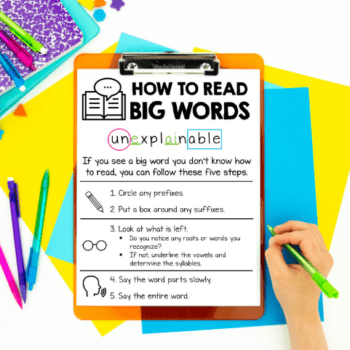
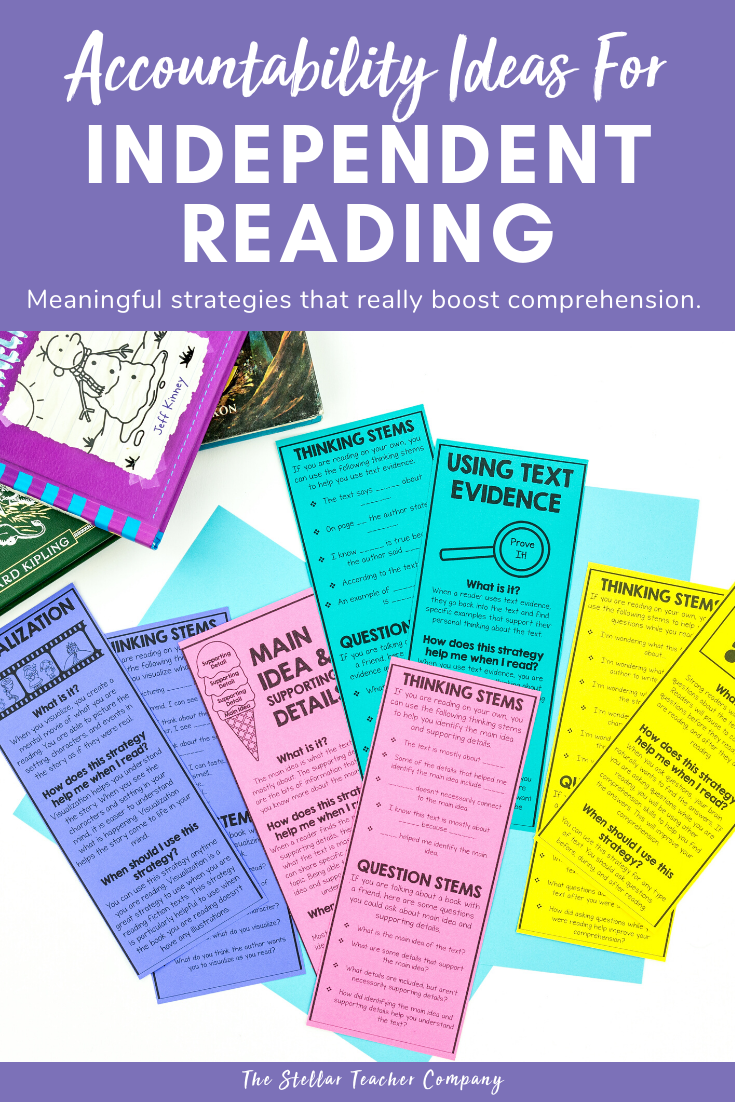


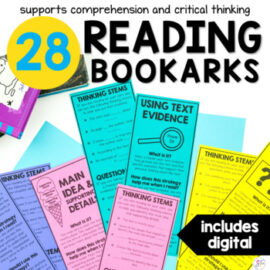
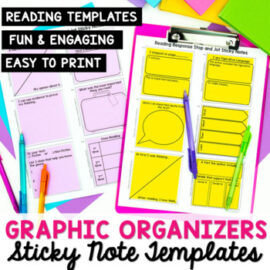
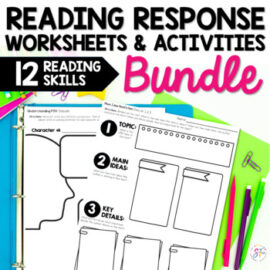
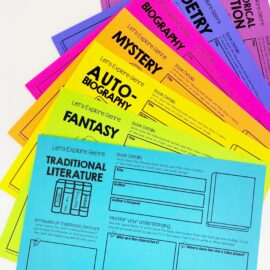

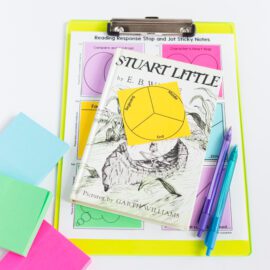




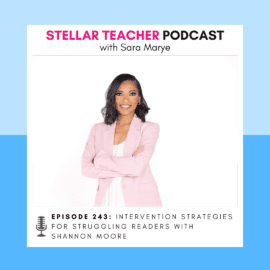




Leave a Comment
You must be logged in to post a comment.